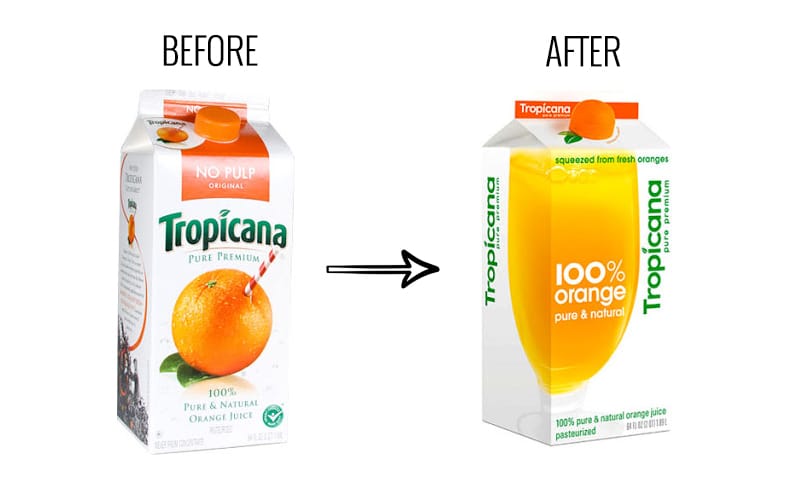Table of Contents
Positioning is simple to define but challenging to execute. It’s the act of owning a unique space in your customer’s mind. When done well, positioning transforms your brand into something meaningful and memorable. It’s the answer to the eternal marketing question: “Why should anyone care about us?”
But here’s something I’ve had to remind marketing managers over the years, your position isn’t what you think it is, it’s what your customers believe it is. Consumers don’t care about your strategy meetings or your beautifully crafted brand pyramid. Their perceptions are shaped by what you consistently show and tell them.
Take Volvo, for instance. It doesn’t matter how sleek their cars get or how many electric models they launch. To most people, Volvo means safety. Seatbelts, crash tests, and airbags, they’ve owned that space for decades.
Where to start your positioning?
It certainly doesn’t come out of thin air. You can’t lock a few marketers in a room and expect brilliance to emerge. First, you need to diagnose your brand. What are your strengths? What does the market look like? What do your competitors own? Most importantly, what does your target audience care about?
A great lessons can be taken from Neil McElroy at Procter & Gamble in 1931. He turned two soap brands, Camay and Ivory, into distinct entities by diagnosing their audiences and crafting clear, separate strategies. Camay was positioned as the “feminine soap,” while Ivory became the “family workhorse.” That clarity gave birth to modern brand management.
Without diagnosis, positioning becomes guesswork. And guesswork is expensive.
The core of positioning
A common mistake is to chase differentiation at all costs. But positioning isn’t about being different for the sake of it, it’s about being distinct. Consumers are bombarded with thousands of marketing messages daily. They don’t have the time or brainpower to think deeply about your brand. Therefore, you must make it easy for them. Create a sharp, distinctive image they can recall at the drop of a hat.
Distinctiveness comes from consistent brand codes (or distinctive brand assets) like your logo, colours, tagline, tone of voice, and more. Think Coca Cola’s red and white or McDonald’s golden arches. These aren’t just pretty symbols, they’re memory shortcuts that keep your brand top of mind.
It’s important to remember that positioning doesn’t exist in a vacuum. It starts with knowing who you’re targeting. Broad targeting calls for universal positioning, like McDonald’s “fun and affordability” while niche targeting allows deeper, specific positioning, like Patagonia’s eco-conscious adventurers.
Marketers at Mars and P&G have debated this for years. P&G’s Mark Pritchard admits they failed by targeting too narrowly with Febreze, while Mars often succeeds with broad targeting to achieve mass penetration. Ultimately, your positioning must fit your targeting.
Brands evolve. Markets shift. Competitors get smarter. This means your positioning must remain dynamic as well. However, that doesn’t mean throwing everything out and starting fresh every few years. The art lies in balancing consistency with evolution. Hold onto your distinctive elements while adapting to new opportunities or threats.
Apple’s “Think Different” ethos remains at the heart of its positioning. Over time, it’s shifted from being the rebel brand to the industry leader that celebrates creativity and innovation.
The marriage of positioning and tactics
Marketers should remember that positioning isn’t just a strategy, it’s a tool to guide execution. Your ad campaigns, product designs, pricing, and even hiring decisions should flow directly from your positioning. It’s your North Star.
Take IKEA. Its positioning. It’s affordable, stylish furniture for the masses and is reflected in everything it does, from its flat-pack designs to its warehouse-like stores to its quirky, practical advertising. That consistency across touchpoints builds trust, loyalty, and, ultimately, market dominance.
Contrast that with Tropicana’s infamous packaging redesign in 2009. By abandoning its iconic orange-and-straw visual cue, it confused consumers and saw a 20% sales drop in weeks. That’s what happens when execution doesn’t align with your positioning.

Great marketing begins and ends with great positioning. It’s the invisible scaffolding that holds everything together. When you get it right, every pound you spend will work harder, every campaign will resonate deeper, and every product you launch will feel like a natural extension of your brand. It’s the difference between a brand that grows stronger every year and one that fades into irrelevance.
My recommendation is to stop treating positioning as a box ticking exercise and fully embrace it as the strategic tool it’s meant to be. When you’ve got it right, your campaigns, products, and pricing will all fall into place.
